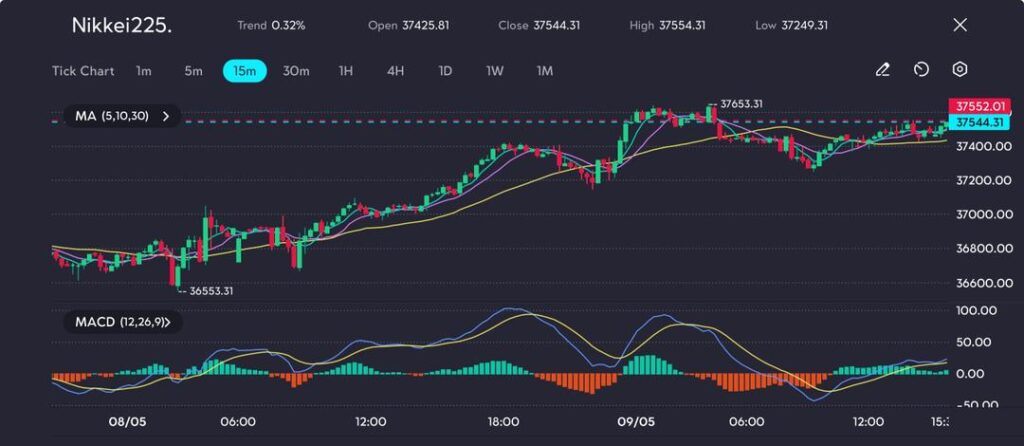The Canadian jobs report for April 2025 revealed an employment increase of 7.4K, surpassing the forecast of 2.5K but following a previous decline of 32.6K. The unemployment rate rose to 6.9%, higher than expected, partially due to an increase in labour force participation. Full-time employment climbed by 31.5K, whereas part-time roles dropped by 24.2K. Manufacturing jobs saw a reduction of 31K, and average wages maintained a 3.5% year-over-year growth.
Amid these figures, USDCAD showed minimal immediate price volatility. The pair continued its upward trajectory after earlier stagnation, breaking previous resistance at 1.38917–1.3904, which has now turned into support. Maintaining momentum above this level is vital to sustain a bullish trend, with any drop below posing a setback for the buyers.
Key Resistance Areas
Attention now turns to the 1.3924–1.3933 resistance area. The pair briefly moved beyond this range but failed to sustain its trajectory. To confirm continued bullish momentum, a stable breakout above this zone is essential. Bulls aim for targets at 1.3977 and further at 1.4000, where significant technical metrics align. Successful groundwork above 1.3933 is needed to pave the way for these targets.
What the earlier section tells us is fairly clear—employment numbers in Canada were slightly better than forecast, but not wildly so. That said, the unemployment rate still ticked up more than anticipated. For us, that signals not weakness per se, but a shifting dynamic in the labour market, with more people entering the workforce than jobs could accommodate in that moment. Full-time roles are on the rise, which is typically a firmer indicator of employer confidence, while the contraction in part-time work may hint at companies pulling back on more flexible arrangements. The materials sector saw a distinct thinning out in manufacturing roles, subtracting volume from an area that’s historically sensitive to growth fluctuations. Wages remain steady, showing that upward inflationary pressure—at least from pay packets—hasn’t flared.
Price action in the currency pair didn’t flinch much upon the release. That itself is telling. When the macro data doesn’t trigger sharp moves, it often means the positioning was well-prepared or focus lay elsewhere. In this case, the technical backdrop held more sway. Price had been rangebound for a period and then decisively pushed above a previously firm ceiling. Once it cleared the resistance between 1.38917 and 1.3904, that area flipped and now serves as a foundation. If price spends time in that band and doesn’t fall back through it with velocity, then there’s likely continued appetite on the buy side.
Preparing For The Next Move
Now the eye shifts to the next overhead test between 1.3924 and 1.3933. There was an upward flick beyond this area—but it lacked the staying power to hold, suggesting that owed more to a short supply of sellers than to committed buyers stepping in. What we look for now is a convincing consolidation above that zone. That would show energy being mustered for another leg up, especially with prior resistance levels now offering structural support underneath.
The upper boundaries of 1.3977 and 1.4000 are not just round numbers; they’re commonly referenced chart points, and we can expect a batch of triggers and conditional orders to be stacked there. Those targeting these levels don’t need to rush, but watching how price behaves near 1.3933 could offer a relatively clear read. If we hold higher lows and start to see volume tilt up, expectations firm. However, should the pair fall back beneath prior pivots and show hesitance to retest them, it may be safer to step aside and reassess.
In short, the approach over the next fortnight should be methodical. Look for signs of commitment—not just reaction. Broken resistance needs to show itself as firm support, and transient breaches without follow-through should be treated with scepticism. We are in a price structure that leans to the upside, but only as long as the base levels do not give way with force.












